You can mix and match Hydrangeas with shade plants like ferns. They are eye catching and make big blooms in the season. The colours are overwhelming and the drama is very satisfying to the gardener who wants the garden to be evergreen. Landscaping with hydrangeas where there is more shade is a win-win situation. Generally shade plants are grown in the part of the garden that is starved of sunshine. They, although making the garden green fail to produce attractive blooms.
Hydrangeas for the gardener, who loves growing flowers come in wide varieties and forms. The effort can be very rewarding. The fruit of labour is rewarded in form of large growth and wild blooms. Most of the popular hydrangeas grown worldwide are Oakleaf, Annabelle, PeeGee or the Grandiflora, Climbing and Mountain Hydrangeas.
Japan and US make the most beautiful cultivars and the best gardens in the world.
Image Credit – Pixabay, Author : Kapa65
© copyright WriterArtist 2019, all rights reserved








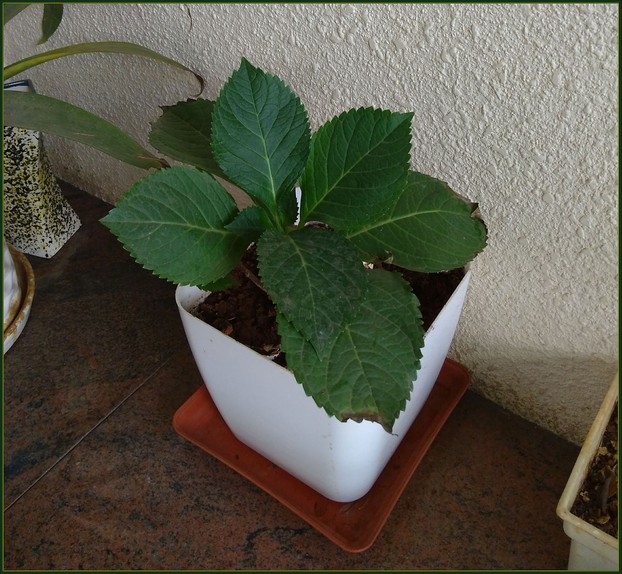







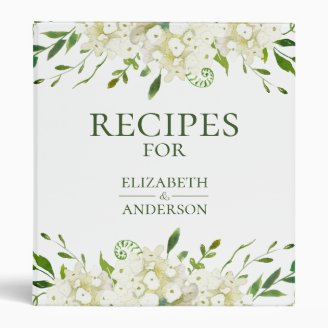

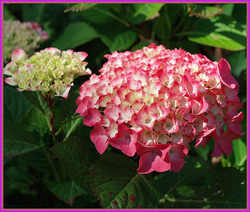

 Harvest Bounty of Fall Fruitson 08/03/2023
Harvest Bounty of Fall Fruitson 08/03/2023
 Is Buddhism older than Hinduism?on 06/13/2023
Is Buddhism older than Hinduism?on 06/13/2023
 Was Tirumala Tirupati Balaji Temple a Buddhist Shrine?on 06/13/2023
Was Tirumala Tirupati Balaji Temple a Buddhist Shrine?on 06/13/2023
 The Great Wave of Kanagawa from Japanese Artist Hokusaion 06/11/2023
The Great Wave of Kanagawa from Japanese Artist Hokusaion 06/11/2023

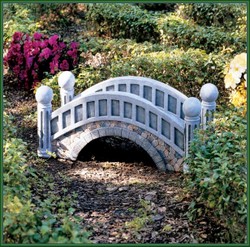
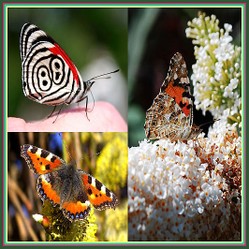
Have you ever grown Hydrangeas?
Hi Mira - I can imagine how beautiful it must look, I have seen the photos of Japanese gardens lined with hydrangeas, they are stunning.
I love hydrangeas! The municipality keeps changing the flowers they plant around the city, but in the recent past they planted hydrangeas in many places for one or two years and I was very happy to see and photograph them :)
Interesting article and comments!
@ DerdriuMarriner - My potted hydrangea is a sapling from the nursery. I like your idea of remembering the blue vs pink blooms with respect to the acidity vs alkaline soils.
Limestone and Wood ash will neutralize the acidity of soil organically and turn it towards alkaline. Iron solubility occurs between soil having pH 7.5 and 8.5. I am not sure if it will alter the pH value of soil.
@Tolovaj - I have tried growing hydrangeas in the open outdoors and not have been successful. But I agree they are quite popular due to the dramatic change in colours.
Francis - That's right acidic soil with a pH lower than 6 (to be on the safe side) will give blue or lavender blooms and soil that has pH value greater than 7 will produce pink and pinkish-red flowers.White hydrangeas will not change colour no matter how much you try. :)
Adding sulfur to change pH is a good idea. Soil bacteria convert it into sulfuric acid. However the change is slow and one needs to remain patient.
Two different colours, pink and blue, suggests a pH of about 6.5-7. White hydrangeas do not change colour, so no conclusions about soil can be drawn from white hydrangeas.
Not really, but I see them all the time in the neighborhood. They are among the most popular flowers in the gardens around. The ones with two different colors of blooms are particularly interesting.
Blue in acid soils; pink in alkaline/basic soils. Soils become basic above pH 7.
Changing pH to basic involve adding lime,but you need 10 time as much lime to move from pH 7 to 8 as you do from pH 6-7. This is because the pH scale increases logarithmically.
To change the other way add sulfur.
WriterArtist, Thank you for the practical information and product lines. Your potted hydrangea appears healthy, upright and v-e-r-y green. Did you start it from cutting, sapling or seed?
Nails put iron oxide into the soil for a more acidic pH and blue blooms; I remember it because of basic (begins with b like blue) as a synonym for acidic and because of blue bruises from accidents with hammers and nails.
One thing people do here is to bury nails if they wish the color to change. I forget if it is blue or pink that the iron oxide brings out. These tend to grow well in shade, near a house on the northern side. The problem we have is the size often brings them into contact with a house, making them a natural point of entry by termites.